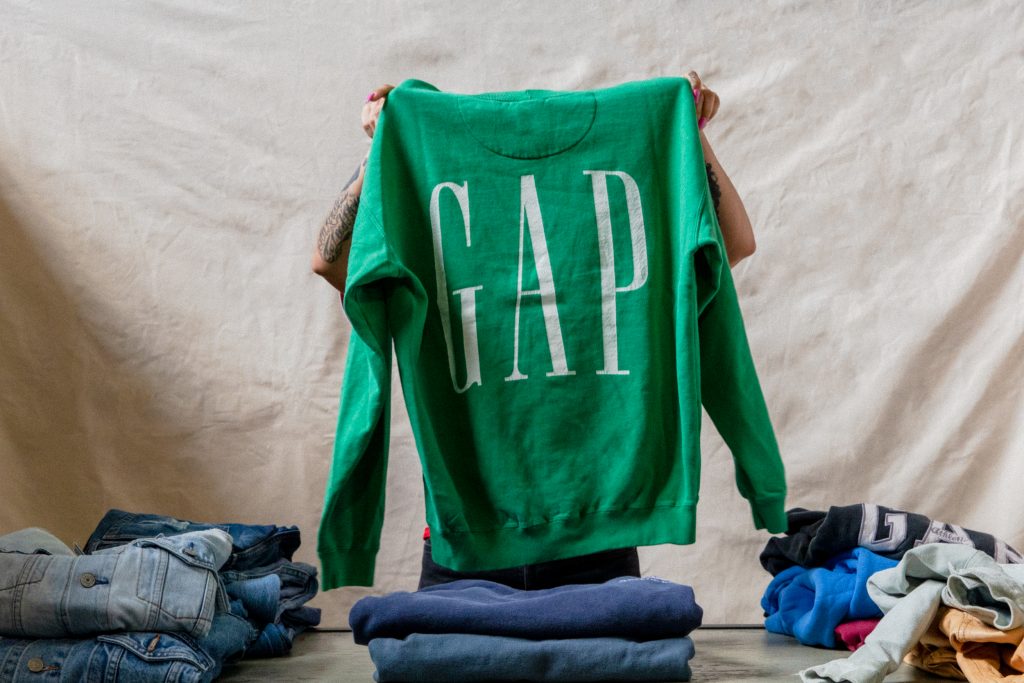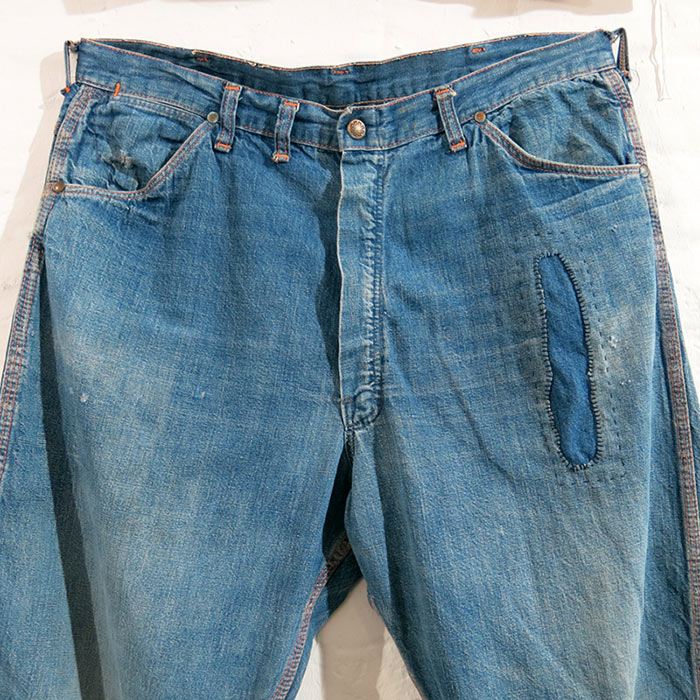Transnomadica, an Online Archive of Maurizio Donadi’s Vintage Apparel Collection
A denim industry icon’s 8,000-piece database of garments from all over the world

Apparel brand Atelier & Repairs rebukes fashion industry waste and our throw-away culture. Maurizio Donadi, the label’s founder and creative director, thoughtfully upcycles vintage denim, outerwear, T-shirts and more—oftentimes embellishing them with patches, paint splatter and elegant marks of wear. Given his long history in the denim industry (including Ralph Lauren, Benetton and Levi’s) and insatiable desire for experimentation, Donadi has accumulated quite the collection of vintage and reworked garments. As such, he’s debuting Transnomadica, a shoppable online archive of 8,000+ pieces from around the world that showcases his vast and varied personal inventory.
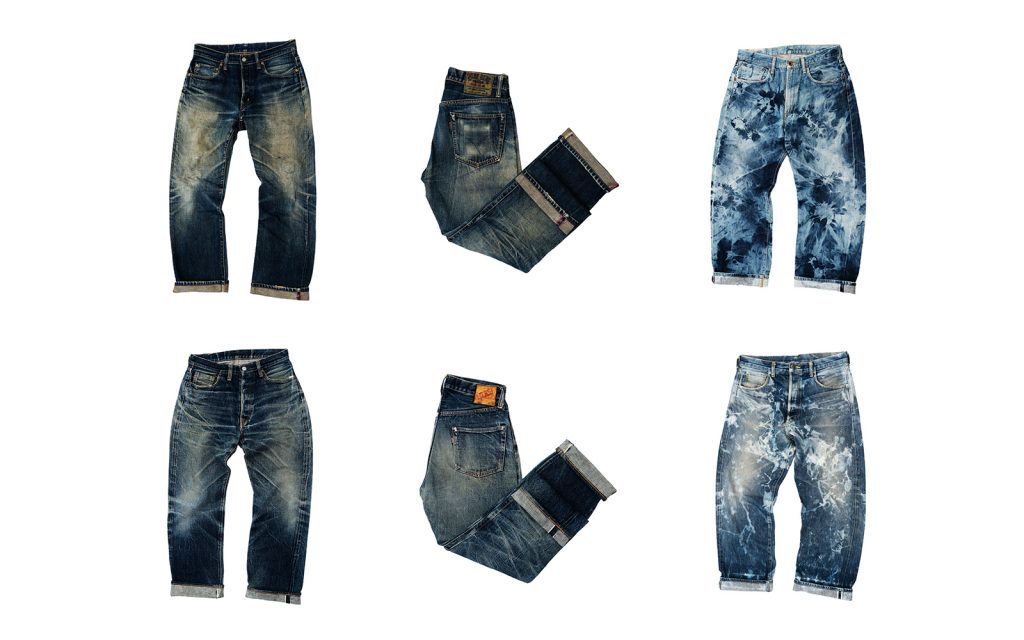
“Transnomadica, this website, I was cooking it for a long time—because vintage has always been important in my life and it’s trendy, and there are a lot of people doing it, but I wanted to do it in a way that was more like an art gallery because that’s the way I see vintage,” Donadi tells CH. “I don’t see it as rolling racks with 200 pieces. You cannot even see what’s going on there. And [my idea is] doing vintage where every item is actually a good item.”

While the Transnomadica project does offer an online store full of covetable and rare denim from Japan and beyond, it’s also as much a source of inspiration as it is incentive to splurge. Seeing Donadi’s collection might challenge you to survey your own more closely—what’s in it, where did it come from, what will it mean to you and to others in 20 years? There are also home experiments with dye and bleach, and blog musings on colors. And if it is modeled after a gallery, one could call this collection of all things blue its first show. (We know Donadi has a huge collection of vintage military wear so perhaps “green” will be the next exhibition.)
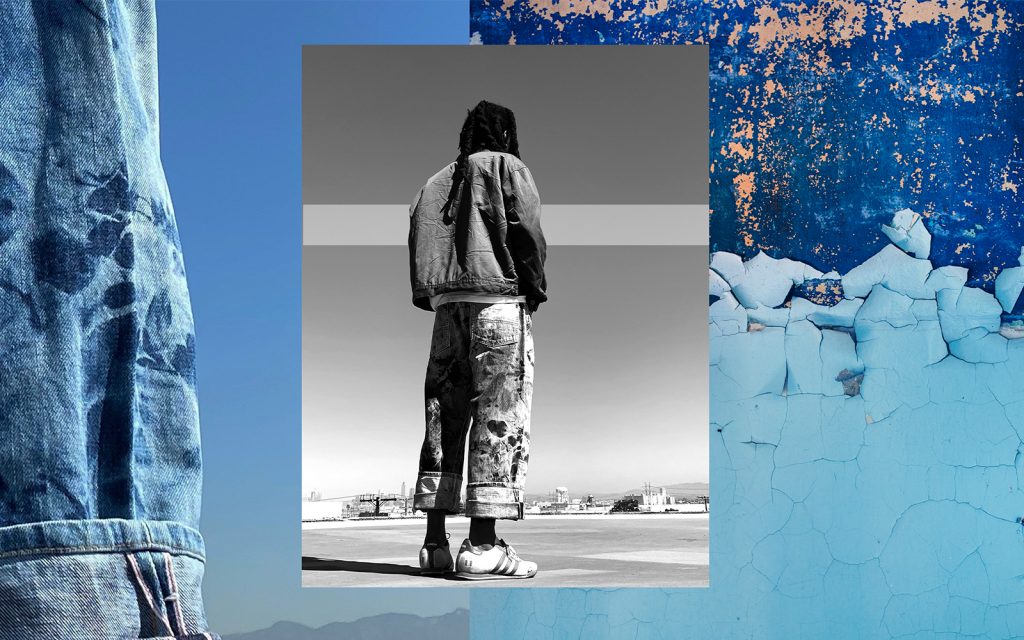
“I had a gallery space in my mind and I went in, and I looked at my archive and certain obsessions that I had in my accumulation of clothes. In general, [they] were not necessarily driven by age, but by the aesthetic of it,” Donadi tells us. “And so I never really accumulated Levi’s for example, or Lee or Wrangler, which is the first step for every vintage or denim aficionado. And I’m convinced that the best jeans ever made in the last 30 years were not American, but they were Japanese.”
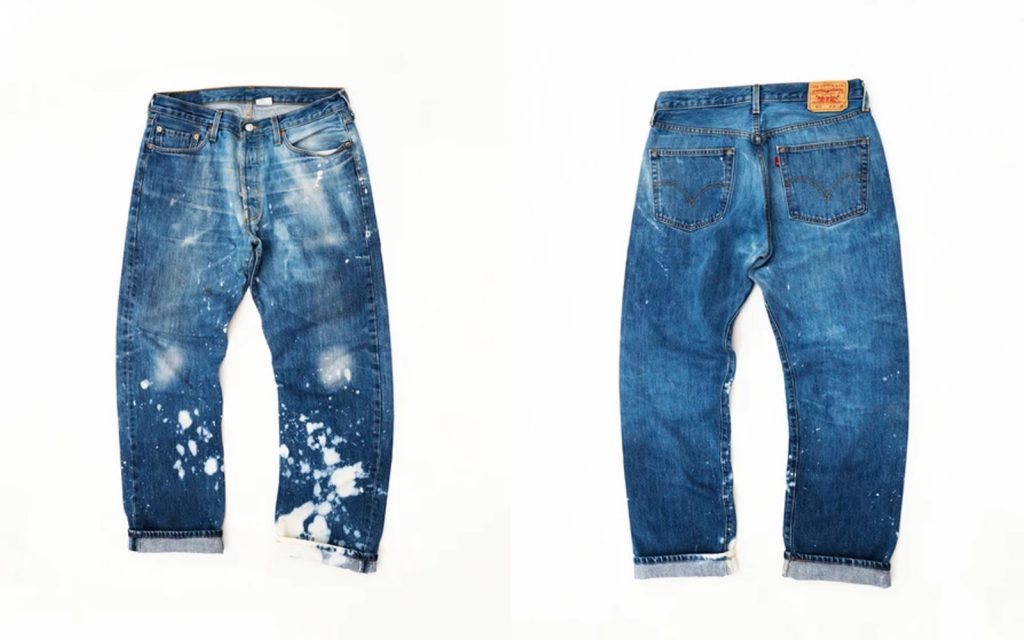
Donadi’s opinions on denim manifest as collections within Transnomadica. From “Made in Japan” and “Osaka 5” to “Made in the US” and “Home Experiments,” all of the entries were carefully selected. But Donadi’s expertise isn’t just in the aesthetics of these products. He’s knowledgable of changes in the industry, trends and styles that came and went and the markers of long-lasting, durable denim.
“Maybe 10 or 15 years ago I started to find and collect and look at these beautiful jeans,” he says. “The Japanese were very unsatisfied with American denim—and I think Japan was the second largest Levi’s market after the US. They were crazy about it, but denim connoisseurs saw the declining quality and the lack of gratuity from American companies. So they say, ‘Why don’t we reproduce the old jeans?’ With that obsession, they went to denim mills and they said, ‘Let’s reproduce those fabrics and even add quality to them.’ They were making 14 pieces a week. The Japanese did it so well; they became totally captured by the idea of doing something better than the original.”

Donadi admires the obsessive tendencies that produced this exquisite denim, and accepts that this same passion drives his own work. “It became an obsession of mine,” he tells us, about Transnomadica. “OK, I have this [archive], and I need to finally sit down and try to make sense of it, how it should be. I created a mood board for myself. I created a presentation deck to sell to myself, and said to myself, ‘Is this valid, is this unique, is this helpful? Does this speak to any person? Does this speak to a creative director? Does it speak to an architect, or a clothing designer? Is it humble enough?'”

“I want to do something for the people that will not buy, that will just look at it like a window to something that they might be interested in or not. I want them to stop and say, ‘OK, I don’t want anything from here, but interesting. That is the person I had in mind when I built this,” Donadi continues.

Alongside Japanese jeans, Donadi offers Japanese poetry. With American entries, he includes quotes from politicians and industrial designers. “This is about more than the product,” he says of the choice. It’s his way of offering inspiration or starting points and context. The imagery included conveys the complexity of each piece; the photos detail each product like artworks poised for auction.

“On the site is a small part of what I have,” Donadi laughs. If customers come to Transnomadica and track him down, he’s happy to search through his untouched troves for something specific they may desire. “It’s a new way of doing retail, and I enjoy it very much,” he says. Eventually, he adds, Transnomadica will act as a marketplace—one comprised of his own pieces and those from others with collector-friendly denim and other garments to sell. For now, however, Donadi will continue to supply the shop with his own items, even if it means sentimental goodbyes for each one.
The first step for a greener world is to use what we have
“I have maybe 100 pieces I will never sell. They’re part of my life—maybe I’ll give them to my kids, I don’t know—because they are of greater value financially or emotionally,” he says. “But I’m looking at this as an opportunity to share. I did my research, I enjoyed it, I used it for work, I used it for my own inspiration and now it’s available. But it’s not that I want to sell what I have and then be closed. I want to bring in other people that have similar passions. Let’s build something big where everybody can benefit. We’re going back to circularity and sustainability. The first step for a greener world is to use what we have. And I’m not saying stop doing stuff—continue to do stuff of quality—but I feel that my contribution is not in developing a new organic cotton. My contribution is using what we already have made, that is of quality and can last another 10, 20, 30 years.”
Images courtesy of Maurizio Donadi / Transnomadica
